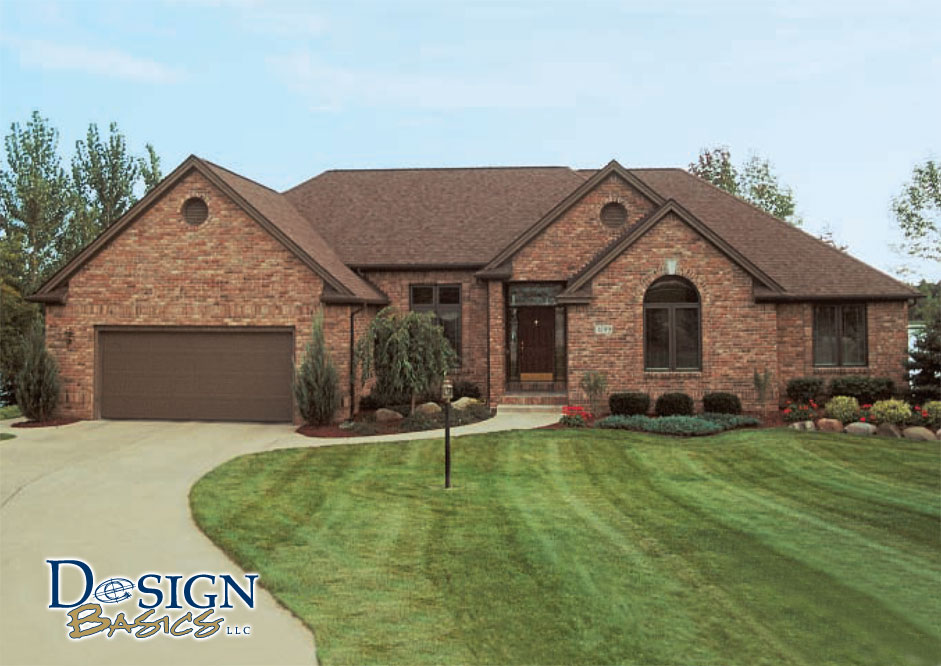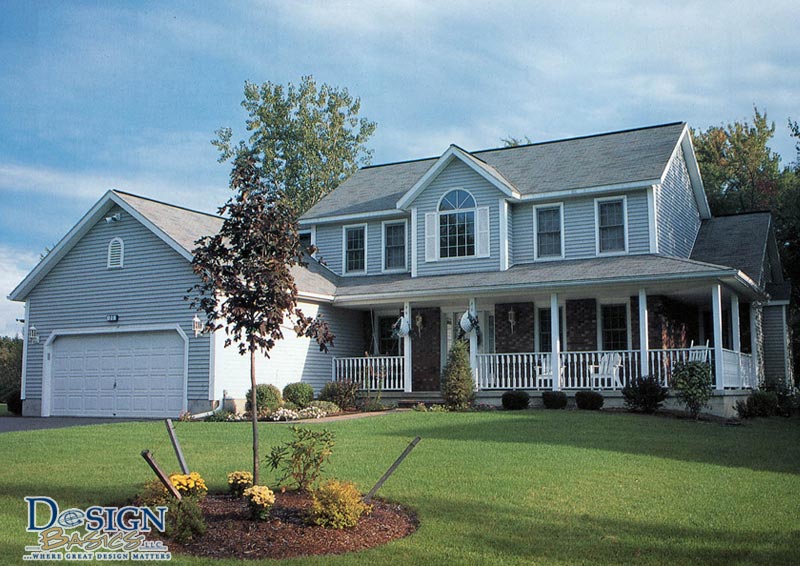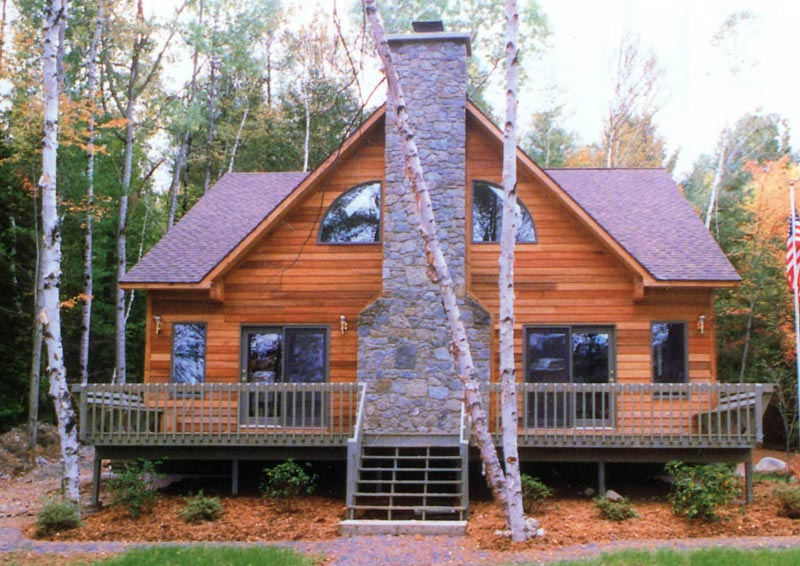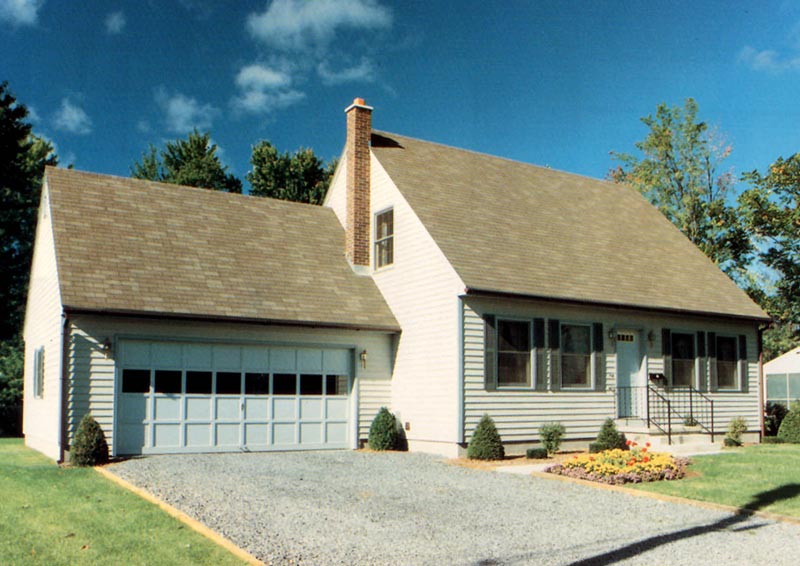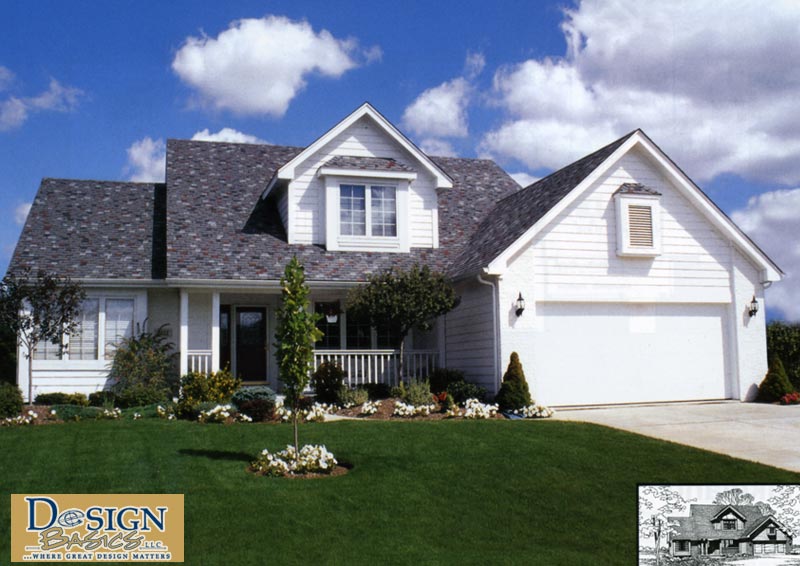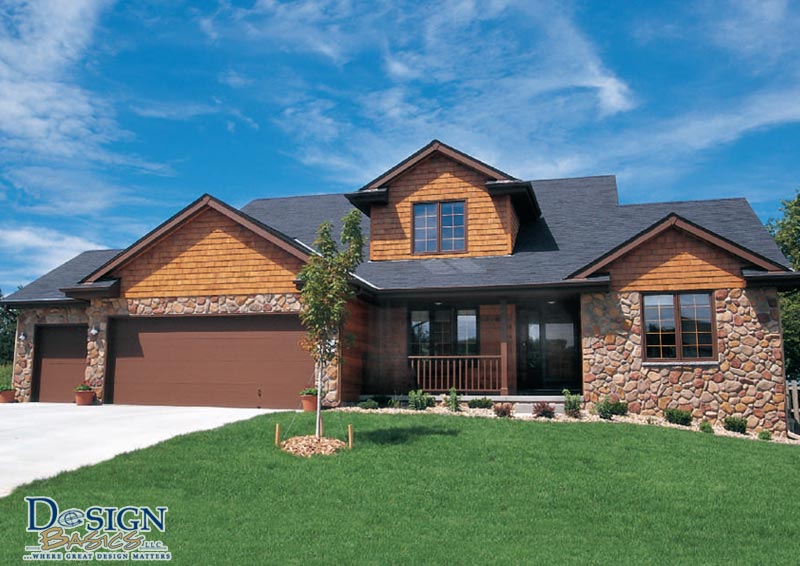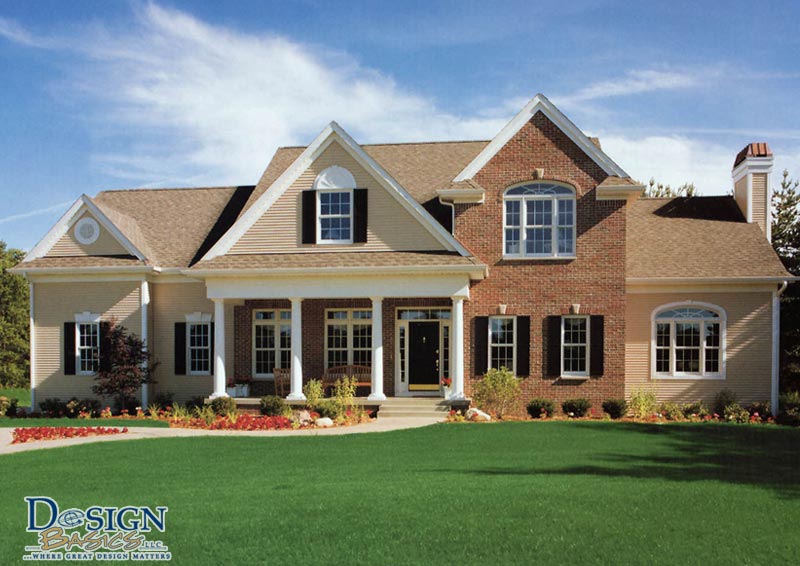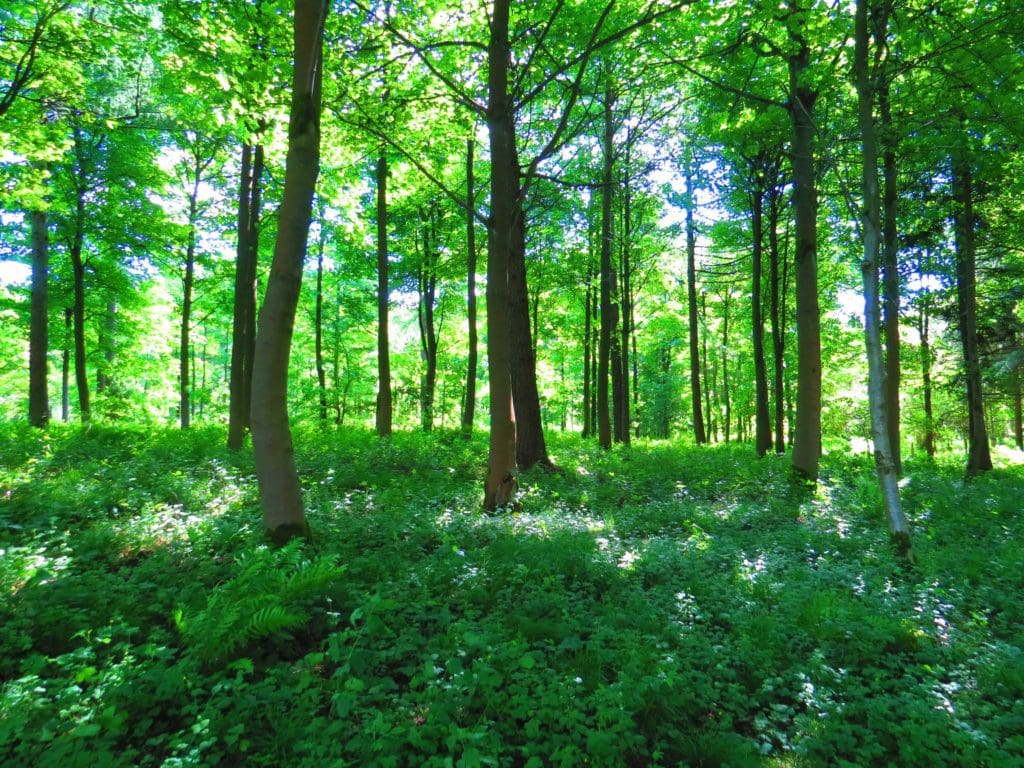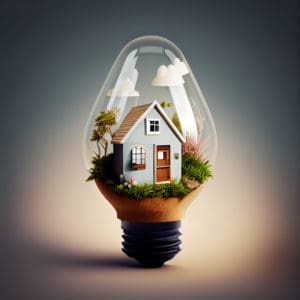
Build a Connecticut Home That is Green, Energy-efficient and Sustainable.
This can be an exciting and rewarding experience. New construction offers you the opportunity to design and customize your own space from the ground up. But before you begin, it’s important to understand the laws and regulations that govern housing construction in Connecticut, such as zoning laws, building codes, safety requirements, and cost considerations. Understanding these requirements ahead of time can help you better plan for and budget your new home construction project.
Additionally, it’s important to find a qualified contractor who is familiar with the area that you are building in. A good contractor will be able to advise you on any local laws or regulations that may affect your project, as well as provide you with accurate cost estimates. Working with a knowledgeable and experienced contractor will help to ensure that your new home construction project goes smoothly and is completed to your satisfaction. With the right preparation, building a new home in Connecticut can be a rewarding experience. Start planning today and let your dreams become reality!
203-994-3950 Email
Land Development Congregate Housing Life Centers Tiny Homes
Micro Apartments Sustainability
Building your own home is one of the most rewarding experiences you can have. There are many benefits to building your own home, from the ability to customize it exactly to your needs, to the savings on energy bills thanks to more efficient construction.
Building Green Can Save You Green $$
Build A New Green Home To Make Your Family Healthier & Wealthier
- Tax Credits
- Saved Water and Energy Costs
-
Less Maintenance
- Lowering Costs
- Long Term Cost Savings Learn More
Meet our land development team

NBC interview of one of Connecticut’s green building experts, Steve Schappert. Schappert was the featured Green Builder at the 2007 National Real Estate Convention in Las Vegas. We Promote Green, Healthy, Holistic, Organic, Sustainable & Energy Efficient Living. We Empower People To Change With Real Estate, Construction, Finance & Educational Services. Call or text 203-994-3950
Build A Connecticut Home: Green Design
There is only one person in Connecticut who designed and built a double wall, zero energy home and shipped it to Germany and that is Stave Schappert, the broker at Connecticut Real Estate. Are you interested in building a custom home in Connecticut? Let’s talk! Yes, land sales are up, housing inventory is tight and values are rising. However, after a decade of very little construction, there is a lack of experience and material costs have risen steadily. “Americans are coughing up $4,600 more on average to buy their dream home than six months ago, thanks to a record run-up in prices for a once-cheap plywood substitute.” –published October 2020. Data obtained from the CT MLS by Steve Schappert Call or text 203-994-3950
Connecticut Real Estate can help! Which manufactured housing companies are still in business, Who can get your house designed, built and you living life? We have those contacts and can get your house built faster, greener, stronger and for less. Connecticut Real Estate represents many panelized and modular home manufacturers and builders. We can help you design and build a cost-effective new green home for your family.
Learn More
The following plans below are from Harvest Homes, we can build anything you can dream.
Call Steve Schappert 203-994-3950 Broker@CTREB.com
DESIGN-BUILD-LIVE
RANCH HOMES
TWO STORY HOMES
VACATION HOMES
FIND YOUR HOME By Square Footage
Find your new home, from smaller homes for empty nesters to larger homes for growing families, Connecticut Real Estate offers a house model for anyone.
up to 1700 sq ft ›
Connecticut Real Estate represents many panelized and modular home manufacturers and builders. We can help you design and build a cost-effective new green home for your family.
Build A Connecticut Home: Connecticut Real Estate
HOW IT WORKS:
FIVE STEPS TO BUILDING YOUR NEW HOME WITH CONNECTICUT REAL ESTATE
Step One: Information
- Receive package
- Pre- Qualify
- Pick out model
First Meeting:
Company History: BIOS Building Technologies / Connecticut Real Estate /Harvest Homes
- Education on Panelized Construction
- Receive information on standard products
- Inform us of your needs and amenities
- Go over any land issues
- Ask and answer questions
Step two: Ballpark numbers
Second Meeting:
- Based on the first meeting, produce a custom quote
- Make any changes, if needed
- Finalize budget and selections
- Finalize land
- Review everything
- Ask and answer questions
Step Three: Getting the process in motion
Third Meeting:
- A brief review of all selections
- Deposit
- Formal paperwork, Harvest Homes* Mortgage*
Step Four: Working Prints
- Receive a copy of your preliminary plans
- Review plans
- Incorporate any changes/revisions
- If 100% we submit for final prints (full size)
- Send out plans for actual estimates
- Submit budget sheet to the mortgage company
- Apply for commitment
- Pull together all loose ends and apply for a building permit
Step Five: Building Your Home
- Clearing your lot
- Break ground
- Foundation
- Framing “Roofing” Siding ” Windows and exterior doors
- Plumbing
- Heating, cooling and electrical work
- Insulation and sheetrock
- Painting and trim work
- Flooring
All finishing
Got Land?
We can help you sell for top dollar!
We can design a big green home or commercial building for your lot. Land is worth 20-30% of the property value. Size matters. As-built designs are a tried and true method of increasing land value. Build a green home with Connecticut Real Estate. Call or text Steve Schappert today. 203-994-3950.
Build A Connecticut Home Connecticut Real Estate
BASIC MODEL OPTION DESCRIPTIONS
- ADD FOR 3/4” T&G ADVANTECH SUBFLOOR: Change the 3/4″ T&G OSB subfloor to 3/4” T&G Advantech.
- ADD FOR I-JOIST FLOOR SYSTEM: Change the 2×10 or 2×12 floor system to 9 1/2″ or 11 7/8″ I-joists.
- ADD FOR 7/16″ ZIP PANEL WALL SHEATHING: Change the 7/16” OSB wall sheathing with house wrap to 7/16″ Zip panels with ZIP tape shipped loose.
- ADD FOR 5/8″ CDX ROOF SHEATHING: Change the 1/2″ CDX plywood roof sheathing to 5/8″ CDX plywood.
- ADD FOR 5/8″ ZIP PANEL ROOF SHEATHING: Change the 1/2″ CDX plywood roof sheathing with underlayment to 5/8″ ZIP with ZIP tape shipped loose.
- ADD FOR SOLID CORE 6-PANEL HARDBOARD DOORS: Change the 6-panel hollow core primed hardboard doors with primed f.j. jambs to a solid core.
NOTE: All bi-fold doors to remain hollow core. - ADD FOR 6-PANEL PINE DOORS: Change the 6-panel hollow core primed hardboard doors with primed f.j. jambs to 6-panel pine doors with clear jambs.
- ADD FOR 3 1/2” PRIMED F.J. CASING & 5 1/4” PRIMED F.J. BASE: Change the 2 1/4” primed finger-jointed colonial casing and 3 1/4” primed finger-jointed colonial base to 3 1/2” primed finger-jointed colonial casing and 5 1/4” primed finger-jointed base.
- ADD FOR 1×4 PRIMED F.J. CASING & 1×6 PRIMED F.J. BASE: Change the 2 1/4” primed finger-jointed colonial casing and 3 1/4″ primed finger-jointed colonial base to 1×4 primed finger-jointed casing and 1×6 primed finger-jointed base.
- ADD FOR 1×4 CLEAR CASING & 1×6 CLEAR BASE: Change the 2 1/4” primed finger-jointed colonial casing and 3 1/4” primed finger-jointed colonial base to 1×4 clear casing and 1×6 clear base.
- ADD FOR ANDERSEN 200 SERIES WINDOWS: Change the vinyl windows and patio doors to Andersen 200 Series with high perf. glass and clear interior.
NOTE: Double-hung windows and patio doors will be 200 Series. All others will be 400 series. Some windows or patio doors will change in size and style. - ADD FOR ANDERSEN 400 SERIES WINDOWS: Change the vinyl windows and patio doors to Andersen 400 Series with high perf. glass and clear interior.
NOTE: Some windows or patio doors will change in size and style. - ADD FOR BOXED CARPET GRADE STAIRS: Add boxed all pine stairs from the basement to the 1st floor and from the 1st floor to the 2nd floor.
NOTE: Railing, circular stairs, fan stairs, starter steps, and raked walls are NOT included. - ADD FOR BOXED FINISH GRADE STAIRS: Add boxed all pine stairs from the basement to the 1st floor. Add boxed finish grade stairs from the 1st floor to the 2nd floor with oak treads, pine risers, and pine stringers.
All masonry, girders (wood or steel), girder supports, sills and sill sealers are NOT INCLUDED. Anything below the first level floor decks is NOT INCLUDED unless otherwise noted.
2x Floor joists and band joists, with 3/4” T&G underlayment grade Oriented Strand Board subfloor, fabricated into 8’-0” wide floor panels. The subfloor is glued and nailed.
2×6 studs at 16” o.c., single bottom and double top plates, assembled into panels with 7/16” Oriented Strand Board sheathing applied. Most window and door units are shipped in the rough openings.
NOTE: Railing, circular stairs, fan stairs, starter steps, and raked walls are NOT included. - ADD FOR BOXED ALL OAK STAIRS: Add boxed all pine stairs from the basement to the 1st floor. Add boxed all oak stairs from the 1st floor to the 2nd floor.
NOTE: Railing, circular stairs, fan stairs, starter steps, and raked walls are NOT included. - APPROXIMATE SQUARE FOOTAGE OF LIVING SPACE: The approximate square footage of living space. The purchaser should verify the square footage.
- APPROXIMATE SQUARE FOOTAGE OF ROOF AREA: The approximate square footage of roof area. The purchaser should verify the square footage.
FOUNDATION: All masonry, girders (wood or steel), girder supports, sills and sill sealers are NOT INCLUDED. Anything below the first level floor decks is NOT INCLUDED unless otherwise noted.
FLOOR SYSTEM: 2x Floor joists and band joists, with 3/4” T&G underlayment grade Oriented Strand Board subfloor, fabricated into 8’-0” wide floor panels. The subfloor is glued and nailed.
EXTERIOR WALLS: 2×6 studs at 16” o.c., single bottom, and double top plates assembled into panels with 7/16” Oriented Strand Board sheathing applied. Most window and door units are shipped in the rough openings.
INTERIOR PARTITIONS: 2×4 studs at 16” o.c., single bottom, and double top plates, assembled into panels with rough openings installed. Ceiling drywall backer material
is supplied loose for field installation.
ROOF SYSTEM: Engineered energy heel (where applicable) roof trusses at 24” o.c. or pre-cut rafters at 16” o.c. , 1/2” CDX plywood roof sheathing, 15# felt, ice & water barrier at eaves and valleys, and Architectural shingles are supplied. Sheathed gables, ridge vent, and drip edge are supplied where necessary. A bare 2×6 sub fascia is supplied at the 12″ eave overhangs. The 12″ rake overhangs are fabricated with a 2×4 frame and 2×6 sub-fascia. The roof load is figured at 50# ground snow load.
PORCHES: Porch beams and 6×6 or 4×4 pressure treated porch posts as required.
WINDOWS: White vinyl units with high-performance glass, hardware, screens and shipped loose extension jambs. Window style and size as shown on a basic house plan. Window grilles and other treatments are NOT INCLUDED.
PATIO DOORS: White vinyl sliding patio doors with high-performance glass, hardware, and screens. All patio doors are sliding units. Door units are shipped knocked down and must be assembled in the field. Grilles and other treatments are NOT INCLUDED.
EXTERIOR DOORS: Insulated paintable fiberglass doors pre-hung in a primed wood frame with aluminum sill and weather-striping. Satin Nickel key-in-knob locksets and hinges are supplied. All exterior doors are 6-panel with full glass sidelites (if shown) and full glass rectangular transoms (if shown). The house-to-garage door units are 90-minute fire-rated units with steel frame and self-closing hinge. Garage overhead doors are NOT INCLUDED.
INTERIOR DOORS: Primed six-panel hollow core hardboard, pre-hung in primed finger-jointed jambs. Satin Nickel knobs and hinges are supplied. Style and size as shown on basic house plans.
INTERIOR TRIM: Primed finger-jointed pine 3 1/4″ base moulding and 2 1/4″ casing is supplied for the windows, exterior doors, and interior doors.
INSULATION: R-21 kraft-faced fiberglass for main house walls. R-38 kraft-faced fiberglass for ceilings. Foam rafter vent as required. Exterior house wrap is supplied shipped loose.
DELIVERY: The base price includes crane erection service. There is a freight mileage adjustment on the price list to be added for your area.
NOTE: Only those items specifically mentioned on these basic home specifications are included. Any other items shown on the plan or the rendering are NOT INCLUDED. Basic model pricing is subject to change without notice.
Visit us on Facebook
With new construction, you also won’t have to worry about hidden costs due to outdated or deteriorating components. You’ll also be able to choose the best materials that fit your budget and ensure that all of the building standards are met. Finally, you’ll have peace of mind knowing that you’ve built a home with your own two hands. Building your own home may require more hard work than purchasing an existing property, but the rewards are worth it in the end. Having the ability to build a home that is exactly what you want, and having the satisfaction of knowing it was built by you makes building your own home one of the most rewarding experiences in life. Building your own home can also provide financial benefits, such as lower mortgage payments due to the increased value of the property due to quality materials and construction. With the right planning and preparation, you can enjoy all of these benefits and much more when building your own home.
Cheers to Green Living: The Perks of Eco-Friendly Buildings
Raise your glass to sustainable living! Eco-friendly buildings are more than just a trend – they’re a celebration of our planet and the future. With benefits from improved air quality to cost savings, it’s time to cheers to green living.
Cheers to green living! More and more people are recognizing the importance of eco-friendliness when it comes to building design. Not only does it benefit the environment, but it also benefits the people who live and work in those buildings. From reducing carbon footprints to saving money on bills, there are plenty of perks to making your building eco-friendly. In this article, we’ll explore some of the many benefits of sustainable building design and how it can improve our quality of life.
Going Green: Benefits of Eco-Friendly Buildings
Eco-friendly buildings offer numerous benefits to both the environment and the people who live in them. They are designed to minimize the negative impact on the environment by using sustainable materials, reducing waste, and decreasing energy consumption. Buildings that are eco-friendly can also improve indoor air quality, promote healthy living, and reduce operating costs. Plus, they have a positive impact on their surrounding communities by reducing pollution and promoting a more sustainable lifestyle.
Sustainable Design: Reduce Your Carbon Footprint
Sustainable building design is all about reducing your carbon footprint. This means using environmentally-friendly materials, reducing waste, and minimizing the use of fossil fuels. It also means designing buildings that are energy-efficient, utilizing natural lighting and ventilation, and optimizing their orientation to maximize exposure to the sun. Sustainable design can help reduce the amount of energy needed to run a building, which in turn reduces greenhouse gas emissions and promotes a healthier planet.
Energy-Efficient Buildings: Save Money on Bills
Energy-efficient buildings can save you money on your monthly bills. By utilizing sustainable materials and design techniques, these buildings are able to consume less energy than their traditional counterparts. This means lower energy bills and reduced operating costs over time. Additionally, energy-efficient buildings often have a longer lifespan and require less maintenance, further reducing costs over the life of the building. By going green, you can save money and help the environment at the same time.
Biophilic Design: Bringing Nature Indoors
Biophilic design is all about bringing nature indoors. It involves incorporating natural elements into building design, such as natural lighting, plants, and water features. Biophilic design has been shown to improve mood, reduce stress, and increase productivity. It also promotes a connection to nature, which can improve overall well-being and quality of life. By incorporating biophilic design into your building, you can create a space that is not only sustainable but also promotes a healthy and happy lifestyle.
Healthy Living: Indoor Air Quality Matters
Indoor air quality is a crucial factor in promoting healthy living. Eco-friendly buildings are designed to improve indoor air quality by using non-toxic materials, proper ventilation, and air filtration systems. This can reduce the risk of respiratory problems, allergies, and other health issues associated with poor indoor air quality. By prioritizing indoor air quality, eco-friendly buildings promote a healthier living environment for all.
Eco-Friendly Materials: Aesthetic and Durable
Eco-friendly materials are not only better for the environment, but they are also often more aesthetically pleasing and durable than traditional materials. Sustainable materials like bamboo, cork, and reclaimed wood can add a unique and natural look to a building design. They are also often more durable and long-lasting than traditional materials, reducing the need for replacements and repairs over time. By utilizing eco-friendly materials, you can create a building that is both sustainable and beautiful.
Renewable Energy: Harnessing the Power of the Sun
Renewable energy sources like solar power are becoming increasingly popular in eco-friendly building design. By harnessing the power of the sun, buildings can reduce their reliance on traditional power sources and increase their energy efficiency. Solar panels can be installed on rooftops or integrated into building designs, providing clean and renewable energy for the building’s needs. By utilizing renewable energy, eco-friendly buildings can reduce their environmental impact and save money on their energy bills.
Green Roofing: A Beautiful and Sustainable Solution
Green roofing is a sustainable solution that involves covering rooftops with vegetation. This can help absorb rainwater, reduce heat buildup, and promote biodiversity in urban areas. Green roofs also provide insulation, reducing the need for heating and cooling systems. They are not only environmentally friendly but also provide a beautiful and unique aesthetic to building design.
Water Conservation: From Toilets to Landscaping
Water conservation is an important aspect of eco-friendly building design. This includes using low-flow fixtures, such as toilets and showerheads, and utilizing rainwater collection systems for irrigation and landscaping. By reducing water consumption, buildings can reduce their environmental impact and save money on their water bills. Water conservation also promotes a sustainable lifestyle and encourages responsible water use.
Walkability and Public Transportation: Reducing Traffic
Eco-friendly buildings also promote walkability and public transportation. By providing bike storage, pedestrian walkways, and access to public transportation, buildings can reduce the number of cars on the road and promote a more sustainable lifestyle. This not only reduces traffic congestion but also promotes physical activity and reduces air pollution.
LEED Certification: Recognizing Sustainable Buildings
LEED certification is a recognition program for sustainable buildings. Buildings that meet certain sustainability criteria can be certified by LEED, which stands for Leadership in Energy and Environmental Design. LEED-certified buildings are recognized for their sustainability practices and are often more attractive to tenants and buyers. By striving for LEED certification, builders and developers can promote sustainable building practices and set a standard for others to follow.
Join the Movement: Supporting Sustainable Communities
Going green is not just about individual buildings, but also about supporting sustainable communities. By promoting sustainable building practices and lifestyles, we can create communities that are healthy, resilient, and environmentally friendly. Join the movement by supporting sustainable building practices, reducing your carbon footprint, and encouraging others to do the same. Together, we can make a difference for our planet and our future generations.
Cheers to green living! Eco-friendly buildings offer so many benefits, from reducing our carbon footprint to promoting healthy living. By prioritizing sustainable building practices, we can create a better future for ourselves and for the planet. Whether you’re a builder, developer, or simply a concerned citizen, you can make a difference by joining the movement towards sustainable living. Let’s make the world a better place, one building at a time!

